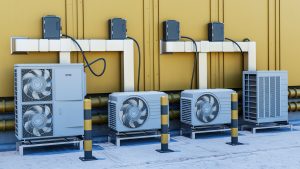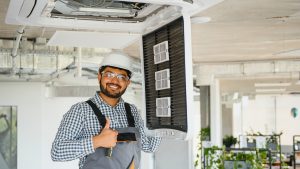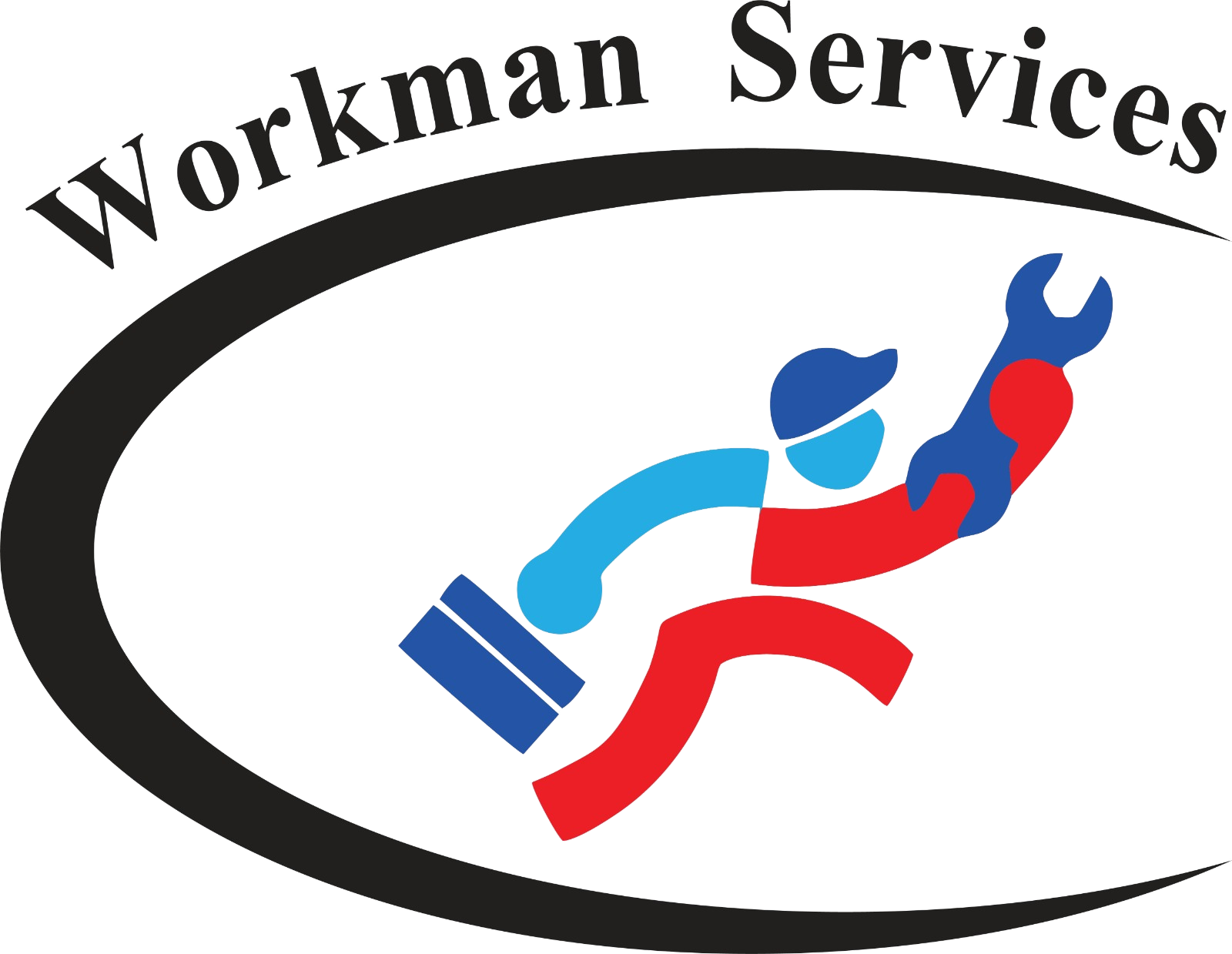Table of Contents
ToggleDaikin VRF Systems 2026: The Future of Commercial Comfort
As we look toward 2026, the demands placed on commercial buildings are evolving rapidly. Property owners and facility managers are tasked with creating spaces that are not only comfortable and productive but also exceptionally energy-efficient and sustainable. In the world of HVAC, one technology consistently rises to meet these challenges: Variable Refrigerant Flow (VRF). This article explores the future of climate control, focusing on Daikin VRF systems 2026 and how they are poised to redefine building performance.
Daikin, long recognized as a pioneer in the HVAC industry, continues to innovate with its VRF technology. These systems offer a level of precision, efficiency, and flexibility that traditional HVAC units simply cannot match. For businesses planning new construction or major retrofits, understanding the capabilities of advanced VRF is crucial. It’s not just about heating and cooling; it’s about creating an intelligent, responsive environment that lowers operational costs, enhances occupant well-being, and future-proofs your investment.
Why VRF Technology is Dominating Commercial HVAC
Before diving into Daikin’s specific offerings, it’s important to understand what makes VRF technology so revolutionary. A Variable Refrigerant Flow system is an advanced HVAC solution that circulates a minimal amount of refrigerant from a single outdoor unit to multiple indoor units. The system’s “variable flow” capability allows it to deliver the precise amount of refrigerant needed to heat or cool different zones independently. This is a significant departure from conventional systems that often run at full capacity in a disruptive on-and-off cycle.
The core benefits of this approach are substantial. First and foremost is energy efficiency. By modulating its output based on real-time demand, a VRF system can reduce energy consumption by up to 40% compared to older HVAC technologies. This translates into significant operational savings over the life of the system. Secondly, VRF offers superior comfort through simultaneous heating and cooling. For instance, it can cool a sun-drenched, glass-walled conference room while simultaneously heating a cooler, north-facing office, ensuring tailored comfort for every occupant.
This level of performance is why VRF systems are becoming the standard for modern commercial properties, including office buildings, hospitals, hotels, and luxury retail spaces. Their quiet operation and design flexibility—thanks to the absence of bulky ductwork—further enhance their appeal for architects and building designers who prioritize clean aesthetics and optimal use of space.
A Closer Look at Daikin VRF Systems 2026
As one of the Top VRF Manufacturers globally, Daikin has consistently been at the forefront of innovation. The brand, which originally trademarked the term VRV (Variable Refrigerant Volume), continues to push the boundaries of what is possible. The upcoming Daikin VRF systems 2026 are expected to build on this legacy with enhancements focused on even greater efficiency, smarter controls, and improved sustainability.
These systems are more than just heating and cooling units; they are sophisticated climate management platforms. The integration of advanced sensors, IoT connectivity, and intelligent software allows for predictive maintenance, remote diagnostics, and automated optimization. This means the system can learn a building’s occupancy patterns and adjust its operation to maximize savings without sacrificing comfort. For facility managers, this provides an unprecedented level of control and insight, turning the HVAC system from a passive utility into an active asset for building management.
The engineering behind these advanced cooling systems is remarkable. Daikin’s proprietary swing compressor technology, combined with advanced heat exchanger designs and refrigerant management, ensures reliable performance even in extreme weather conditions. This focus on durability and reliability is critical for commercial applications where system downtime can lead to significant disruptions and financial losses. As businesses seek solutions that deliver both short-term comfort and long-term value, Daikin VRF systems 2026 stand out as a premier choice.
Key Features and Innovations to Expect
The latest generation of Daikin’s VRF technology brings a host of features designed for the modern commercial building. These innovations address key pain points for property owners, from energy costs to occupant comfort and maintenance.
One of the standout features is the enhanced heat recovery capability. A heat recovery VRF system can capture waste heat from areas being cooled (like a server room or a busy kitchen) and redistribute it to areas that require heating. This process is incredibly efficient, as it essentially provides “free” heating, further reducing the building’s overall energy consumption. This is one of the most impactful benefits of Daikin VRF systems for commercial buildings, delivering a direct and measurable return on investment.
Furthermore, Daikin is heavily invested in improving indoor air quality (IAQ). Newer indoor units are being equipped with advanced filtration and ventilation options that can help reduce airborne contaminants like dust, allergens, and pathogens. In today’s health-conscious world, providing a clean and healthy indoor environment is not just a luxury but a necessity, especially in high-density spaces like offices and schools. The ability to integrate dedicated outdoor air systems seamlessly with the VRF platform makes it a comprehensive solution for total air management.
The table below summarizes some of the core features that make Daikin a leader in the VRF market.
|
Feature |
Description |
Benefit to Commercial Buildings |
|---|---|---|
|
Variable Refrigerant Flow |
Modulates refrigerant flow to meet the precise demand of each zone. |
Drastically reduces energy consumption and operational costs. |
|
Heat Recovery Technology |
Simultaneously heats and cools different zones by transferring heat energy. |
Maximizes energy efficiency by recycling waste heat; provides “free” heating. |
|
Inverter Compressor Tech |
Continuously adjusts compressor speed instead of cycling on and off. |
Ensures stable temperatures, quiet operation, and prolonged component life. |
|
Zoned Comfort Control |
Allows for independent temperature settings for multiple indoor units. |
Enhances occupant comfort and satisfaction by providing personalized climates. |
|
Intelligent Controls |
Advanced controllers with web/mobile access for remote management. |
Simplifies system management, enables predictive maintenance, and optimizes performance. |
|
Design Flexibility |
Compact units and small-diameter refrigerant piping replace bulky ducts. |
Frees up valuable plenum space, simplifies installation, and allows architectural freedom. |
|
Quiet Operation |
Indoor and outdoor units are engineered for low-decibel performance. |
Creates a more peaceful and productive indoor environment, ideal for quiet spaces. |
The Financial and Environmental Case for Daikin VRF
For any business, a major capital investment like an HVAC system must be financially justifiable. This is where the long-term benefits of Daikin VRF systems for commercial buildings truly shine. While the initial procurement cost of VRF systems can be higher than that of traditional split systems or packaged rooftop units, the total cost of ownership is often significantly lower. The substantial energy savings accumulate year after year, leading to a faster payback period.
Moreover, many governments and utility companies offer rebates and incentives for installing high-efficiency HVAC equipment. Daikin VRF systems often qualify for these programs, further improving the financial argument. Beyond direct savings, the enhanced comfort and air quality provided by these systems can lead to increased employee productivity and reduced absenteeism, contributing indirectly to the bottom line. As competition for premier tenants intensifies, buildings equipped with advanced cooling systems like Daikin VRF become more attractive, potentially commanding higher lease rates and lower vacancy rates.
From an environmental perspective, the choice is clear. The reduced energy consumption directly translates to a smaller carbon footprint. Daikin is also a leader in adopting refrigerants with a lower Global Warming Potential (GWP), aligning with global efforts to phase out environmentally harmful substances. For companies with corporate social responsibility (CSR) goals, investing in Daikin VRF systems 2026 is a tangible step toward achieving sustainability targets.
Why Daikin Remains a Top Choice
In a competitive market with several Top VRF Manufacturers, Daikin maintains its leadership position through a relentless commitment to quality, innovation, and support. The company invests heavily in research and development, ensuring its technology remains at the cutting edge. This commitment is reflected in the reliability and performance of its products.
Choosing an HVAC system is not just about the hardware; it’s also about the support behind it. Daikin has a robust network of trained and certified installers and service technicians, ensuring that every system is designed, installed, and maintained to the highest standards. This comprehensive ecosystem of support provides building owners with peace of mind, knowing their investment is protected. When evaluating options from Top VRF Manufacturers, Daikin’s proven track record and extensive support network make it a trusted partner for projects of any scale. The numerous benefits of Daikin VRF systems for commercial buildings make them a strategic asset for forward-thinking organizations.
Ultimately, as we move toward 2026 and beyond, the definition of a high-performance building will be intrinsically linked to its ability to be smart, efficient, and human-centric. The Daikin VRF systems 2026 are engineered precisely for this future, offering a complete climate solution that delivers unparalleled comfort, efficiency, and control.
Frequently Asked Questions (FAQs)
Q1: What is the main difference between VRF and traditional HVAC systems?
The main difference lies in how they operate. Traditional HVAC systems, like rooftop units or split systems, typically run at full power in an on/off cycle to maintain a set temperature. A VRF system uses a variable-speed compressor and modulates refrigerant flow, allowing it to run continuously at lower power levels to precisely meet the heating or cooling load. This results in far greater energy efficiency and more stable temperatures.
Q2: Can a VRF system provide heating and cooling at the same time?
Yes, this is a key feature of heat recovery VRF systems. They can extract heat from a zone that needs cooling (e.g., a room with large windows in the afternoon sun) and transfer that heat to a zone that needs warming (e.g., a cooler office on the shaded side of the building). This process is exceptionally efficient.
Q3: Are VRF systems suitable for older buildings?
Absolutely. VRF systems are an excellent choice for retrofitting older buildings. Because they use small refrigerant lines instead of bulky air ducts, installation is less invasive and preserves the building’s original architecture. This makes them ideal for historic properties or buildings where plenum space is limited.
Q4: How does a VRF system improve indoor air quality (IAQ)?
While the primary function of a VRF system is temperature control, many indoor units can be equipped with advanced filtration options to capture dust, pollen, and other airborne particles. More importantly, they can be integrated with dedicated outdoor air systems (DOAS) that bring in fresh, filtered air, ensuring proper ventilation and helping to dilute indoor pollutants.
Q5: Is a VRF system more expensive than other HVAC options?
The initial installation cost of a VRF system can be higher than some conventional systems. However, its superior energy efficiency leads to significant long-term savings on utility bills. When considering the total cost of ownership—including installation, energy costs, and maintenance over the system’s lifespan—VRF often proves to be the more economical choice.
Q6: Why is Daikin considered one of the Top VRF Manufacturers?
Daikin is credited with inventing VRF technology (which it calls VRV) in the 1980s. The company has continued to innovate and refine the technology ever since, earning a reputation for quality, reliability, and performance. Its global presence and extensive network of certified professionals also contribute to its leadership status in the industry.







